A LARGE COPPER ALLOY MAHAPARINIRVANA STUPA TIBET, CIRCA 14TH CENTURY Himalayan Art Resources item no.16708 130 cm (51 1/8 in.) high Fußnoten At over a meter tall, this grand bronze stupa is one of the largest known outside of Tibet. Symbolic of Buddha's mahaparinirvana (lit. 'great decease'), it is topped with a sun and crescent moon—a cosmic visual synecdoche for the universal source of enlightenment, from which all things come and into which all enlightened beings dissolve. Functioning as reliquaries, such stupas in Tibet memorialized enlightened teachers. Given its massive scale, the present example would have undoubtedly commemorated a major figure such as an abbot of a monastery. Stupas of this type and scale crowned the glorious tashi gomang stupa-monuments built by early Kagyu schools of Tibetan Buddhism between the 13th and 15th centuries. For instance, they surmounted the stupas of Densatil monastery, housing the remains of Densatil's abbots including the preeminent Tibetan religious leaders of the 12th century - who founded the Pagdru and Drigung schools, respectively - Phagmodrupa (1110-70) and Jigten Sumgon (1143-1217). The Denstail stupas are estimated to have had a similar height to the present lot, ranging between 120-200cm (Czaja & Poser, Golden Visions of Densatil, New York, 2014, fig.18). With its 'bell-shaped' body, this style of stupa is called a Kadampa stupa, associating it with the early Buddhist school which the Gelug claimed to revive in the 15th century. The Kadampa order's founder, Atisha (982-1054) - a monk from ancient Bengal - is credited with introducing the stupa to Tibet. The Kadampa stupa borrows from earlier Indian models of ancient Bengal's Pala period (8th-12th centuries; e.g., Huntington, Leaves from the Bodhi Tree, Seattle, 1990, no.19). Atisha spent the last ten years of his life in residence at Nyethang Drolma monastery where a massive example (322cm high) has been preserved (Henss, Buddhist Art in Tibet, Ulm, 2008, p.80). Also, three large-scale bronze stupas (108cm, 162cm & 196 cm high) are preserved in Mindroling monastery (ibid., p.299, fig.66). The Dallas Museum of Art has one measuring 127cm in height (2001.263), but very few bronze stupas of these monumental proportions are known outside of Tibet. Provenance Private European Collection, 1980s Carlton Rochell Asian Art, New York, 2016 Private Californian Collection 大般涅磐銅佛塔 西藏,約十四世紀 喜馬拉雅藝術資源網16708號 高130釐米(51 1/8英吋) 700,000-900,000港幣 這尊一米餘高的壯觀佛塔為已知現存於西藏境外的最大佛塔之一。此佛塔象徵佛陀大般涅磐,上方鑄造一輪圓日與一道彎月,兩種意象代指悟道之源頭正為廣袤宇宙,萬物由此而來,亦歸於此中。作為盛放聖人舍利的容器,這種西藏佛塔亦是對悟道尊師之緬懷。此尊佛塔體量如此龐大,毋庸置疑應為一位諸如寺廟住持等顯赫人物而製。 如此形制的佛塔被安放於光輝壯麗的舍利靈塔之頂,為早期的藏傳佛教噶舉派於十三至十五世紀之間興建。丹薩替寺的舍利靈塔頂端就安置有相似佛塔以盛裝寺廟住持之舍利,比如十二世紀西藏偉大的宗教領袖、創建帕竹噶舉與直貢噶舉教派的帕木竹巴(1110-70年)與吉登頌恭(1143-1217年)的舍利亦存放於此。丹薩替佛塔的高度應與本拍品相仿,約在1.2米至2米之間(參考Czaja與Poser,《Golden Visions of Densatil》,紐約,2014年,圖18)。 這種形如鈴鐺的佛塔被稱為噶當塔,噶當為西藏早期教派之名,十五世紀興起之格魯派便自稱由噶當發展而來。噶當派之開創者為阿底峽(982-1054年),一位來自古孟加拉的高僧,據說佛塔正是由他帶入西藏。噶當佛塔借鑒古孟加拉帕拉時期(八至十二世紀)的佛塔風格(參考Huntington,《Leaves from the Bodhi Tree》,西雅圖,1990年,編號19)。阿底峽在聶塘卓瑪拉康度過了他生命中最後十年的時光,該寺廟中保存著一座高達3.22米的佛塔(Henss,《Buddhist Art in Tibet》,烏爾姆,2008年,頁80)。敏珠林寺亦保留著三尊大型銅佛塔(分別高1.08米、1.62米、1.96米,同上,頁299,圖66)。 達拉斯藝術博物館藏有一尊1.27米高的佛塔(編號2001.263),但構造如此壯觀的大型佛塔極少見於西藏以外,存世量屈指可數。 來源 歐洲私人珍藏,1980年代 Carlton Rochell Asian Art,紐約,2016年 加利福尼亞私人珍藏
A LARGE COPPER ALLOY MAHAPARINIRVANA STUPA TIBET, CIRCA 14TH CENTURY Himalayan Art Resources item no.16708 130 cm (51 1/8 in.) high Fußnoten At over a meter tall, this grand bronze stupa is one of the largest known outside of Tibet. Symbolic of Buddha's mahaparinirvana (lit. 'great decease'), it is topped with a sun and crescent moon—a cosmic visual synecdoche for the universal source of enlightenment, from which all things come and into which all enlightened beings dissolve. Functioning as reliquaries, such stupas in Tibet memorialized enlightened teachers. Given its massive scale, the present example would have undoubtedly commemorated a major figure such as an abbot of a monastery. Stupas of this type and scale crowned the glorious tashi gomang stupa-monuments built by early Kagyu schools of Tibetan Buddhism between the 13th and 15th centuries. For instance, they surmounted the stupas of Densatil monastery, housing the remains of Densatil's abbots including the preeminent Tibetan religious leaders of the 12th century - who founded the Pagdru and Drigung schools, respectively - Phagmodrupa (1110-70) and Jigten Sumgon (1143-1217). The Denstail stupas are estimated to have had a similar height to the present lot, ranging between 120-200cm (Czaja & Poser, Golden Visions of Densatil, New York, 2014, fig.18). With its 'bell-shaped' body, this style of stupa is called a Kadampa stupa, associating it with the early Buddhist school which the Gelug claimed to revive in the 15th century. The Kadampa order's founder, Atisha (982-1054) - a monk from ancient Bengal - is credited with introducing the stupa to Tibet. The Kadampa stupa borrows from earlier Indian models of ancient Bengal's Pala period (8th-12th centuries; e.g., Huntington, Leaves from the Bodhi Tree, Seattle, 1990, no.19). Atisha spent the last ten years of his life in residence at Nyethang Drolma monastery where a massive example (322cm high) has been preserved (Henss, Buddhist Art in Tibet, Ulm, 2008, p.80). Also, three large-scale bronze stupas (108cm, 162cm & 196 cm high) are preserved in Mindroling monastery (ibid., p.299, fig.66). The Dallas Museum of Art has one measuring 127cm in height (2001.263), but very few bronze stupas of these monumental proportions are known outside of Tibet. Provenance Private European Collection, 1980s Carlton Rochell Asian Art, New York, 2016 Private Californian Collection 大般涅磐銅佛塔 西藏,約十四世紀 喜馬拉雅藝術資源網16708號 高130釐米(51 1/8英吋) 700,000-900,000港幣 這尊一米餘高的壯觀佛塔為已知現存於西藏境外的最大佛塔之一。此佛塔象徵佛陀大般涅磐,上方鑄造一輪圓日與一道彎月,兩種意象代指悟道之源頭正為廣袤宇宙,萬物由此而來,亦歸於此中。作為盛放聖人舍利的容器,這種西藏佛塔亦是對悟道尊師之緬懷。此尊佛塔體量如此龐大,毋庸置疑應為一位諸如寺廟住持等顯赫人物而製。 如此形制的佛塔被安放於光輝壯麗的舍利靈塔之頂,為早期的藏傳佛教噶舉派於十三至十五世紀之間興建。丹薩替寺的舍利靈塔頂端就安置有相似佛塔以盛裝寺廟住持之舍利,比如十二世紀西藏偉大的宗教領袖、創建帕竹噶舉與直貢噶舉教派的帕木竹巴(1110-70年)與吉登頌恭(1143-1217年)的舍利亦存放於此。丹薩替佛塔的高度應與本拍品相仿,約在1.2米至2米之間(參考Czaja與Poser,《Golden Visions of Densatil》,紐約,2014年,圖18)。 這種形如鈴鐺的佛塔被稱為噶當塔,噶當為西藏早期教派之名,十五世紀興起之格魯派便自稱由噶當發展而來。噶當派之開創者為阿底峽(982-1054年),一位來自古孟加拉的高僧,據說佛塔正是由他帶入西藏。噶當佛塔借鑒古孟加拉帕拉時期(八至十二世紀)的佛塔風格(參考Huntington,《Leaves from the Bodhi Tree》,西雅圖,1990年,編號19)。阿底峽在聶塘卓瑪拉康度過了他生命中最後十年的時光,該寺廟中保存著一座高達3.22米的佛塔(Henss,《Buddhist Art in Tibet》,烏爾姆,2008年,頁80)。敏珠林寺亦保留著三尊大型銅佛塔(分別高1.08米、1.62米、1.96米,同上,頁299,圖66)。 達拉斯藝術博物館藏有一尊1.27米高的佛塔(編號2001.263),但構造如此壯觀的大型佛塔極少見於西藏以外,存世量屈指可數。 來源 歐洲私人珍藏,1980年代 Carlton Rochell Asian Art,紐約,2016年 加利福尼亞私人珍藏

.jpg)


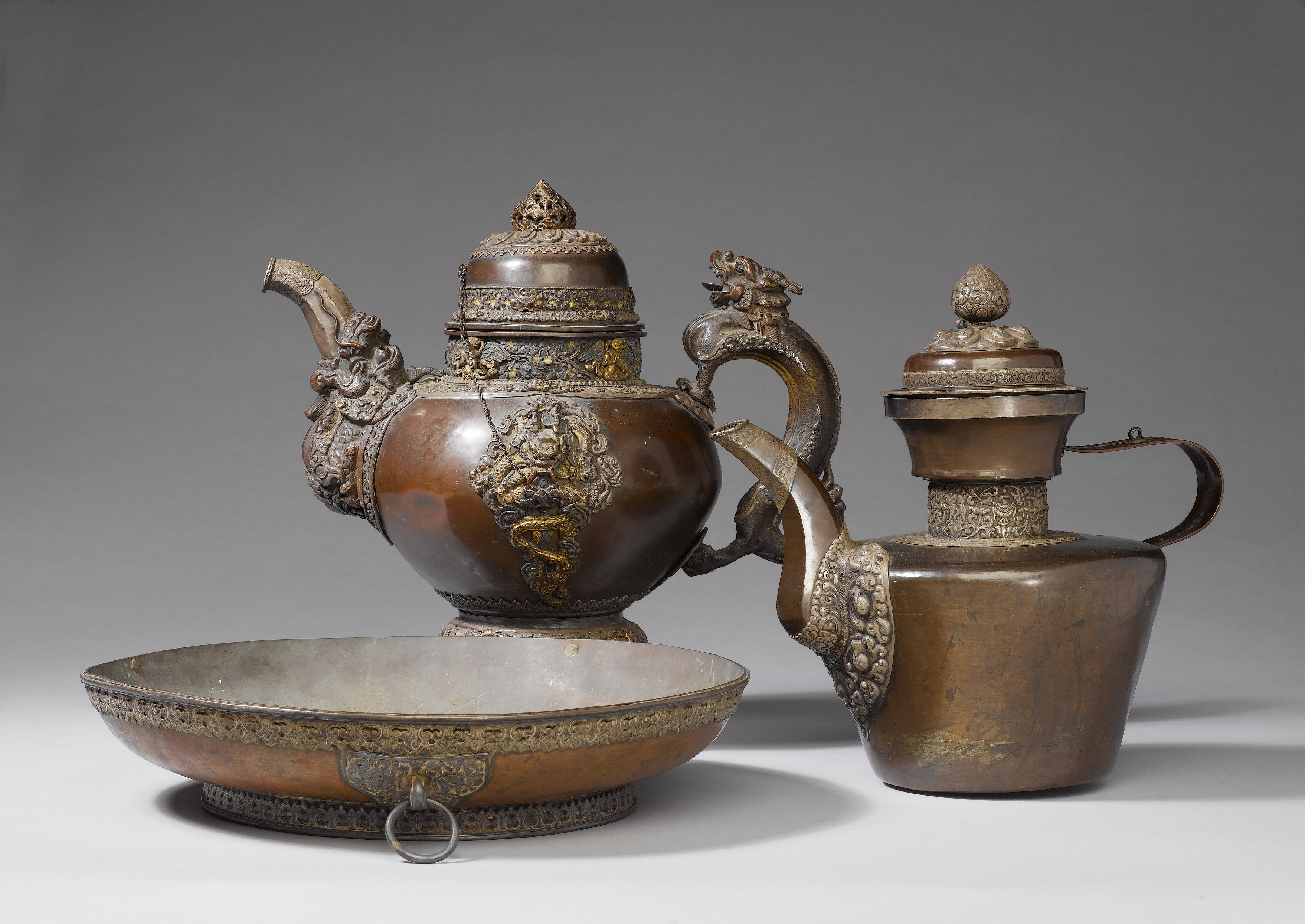
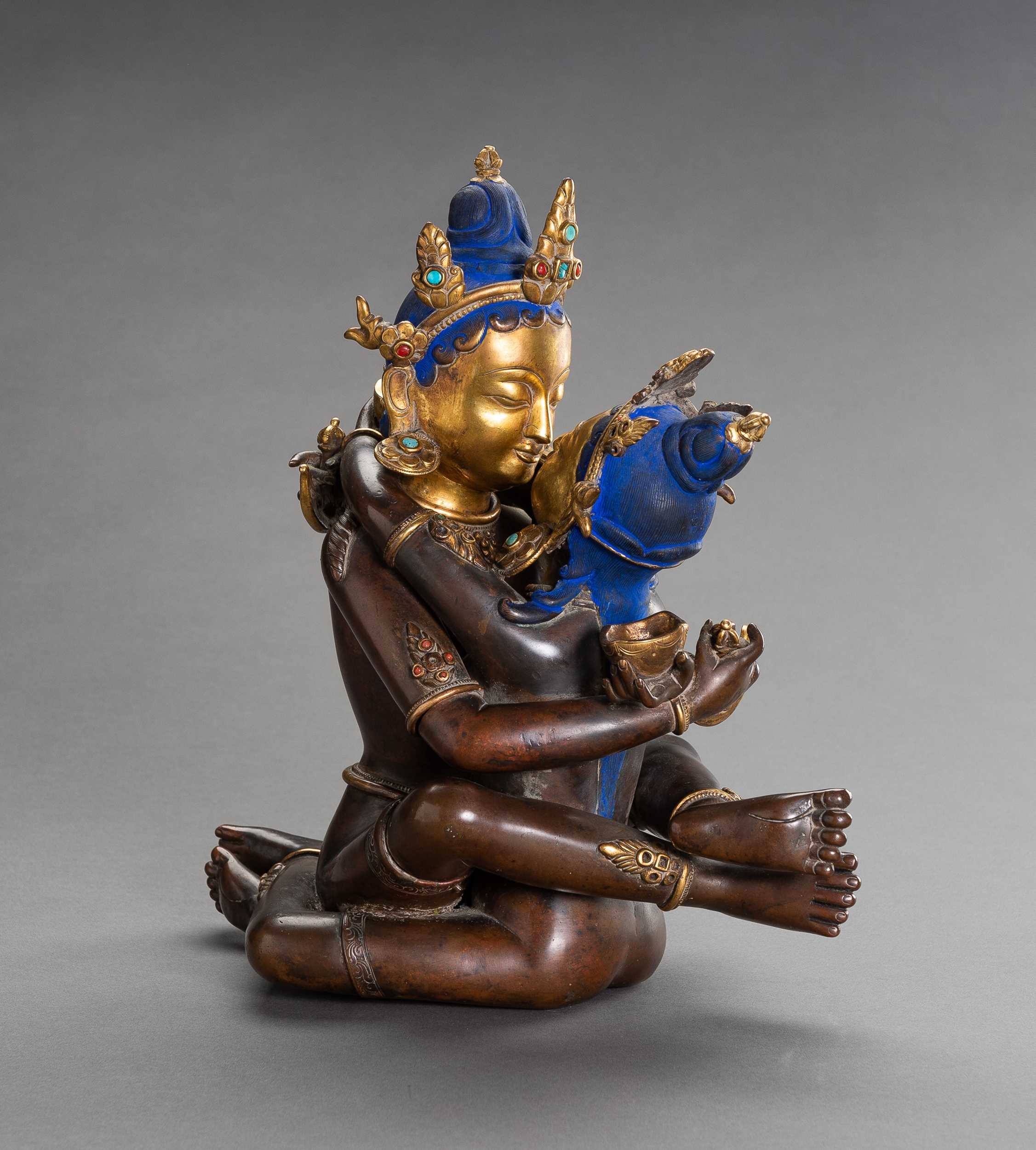
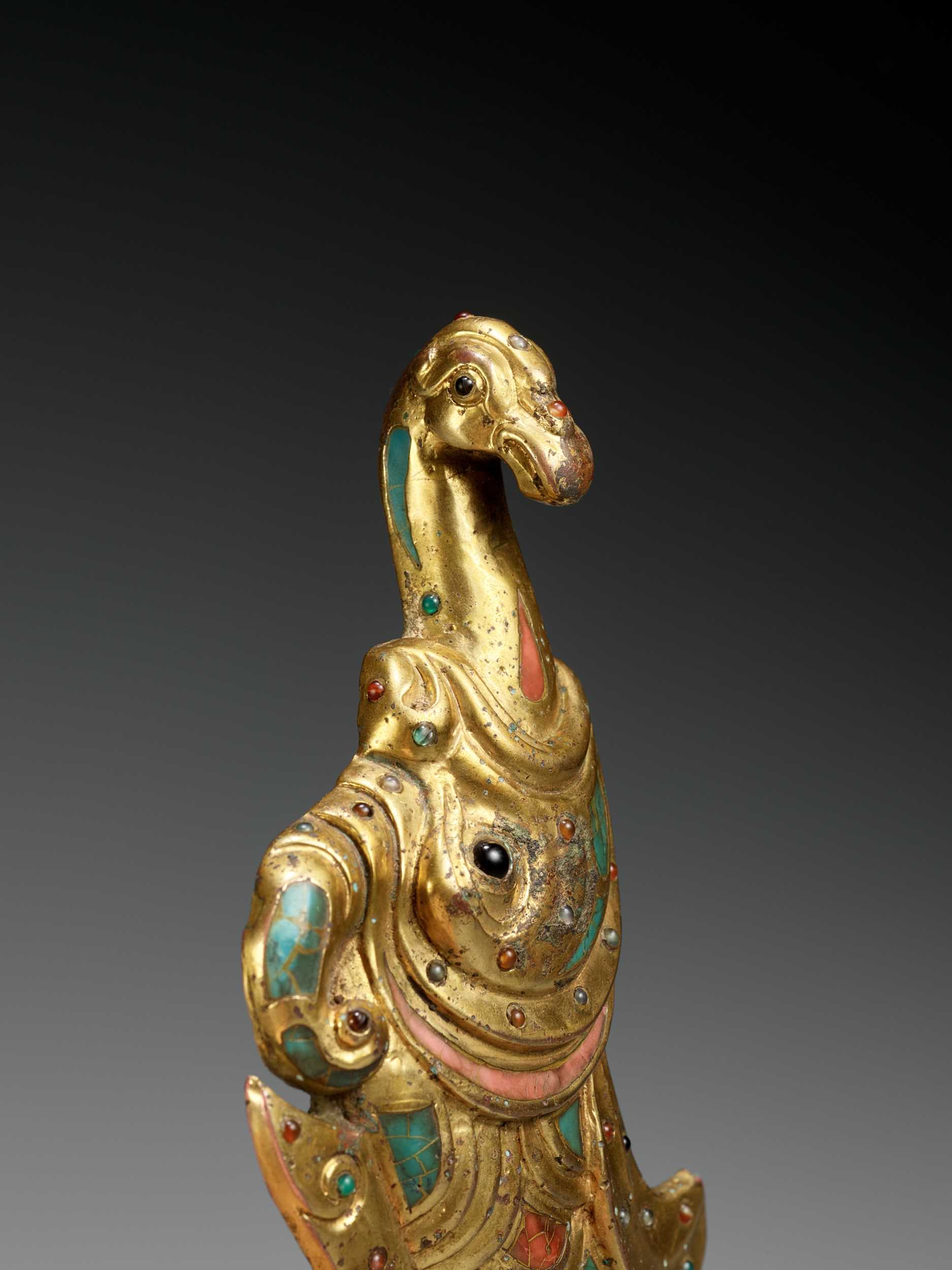

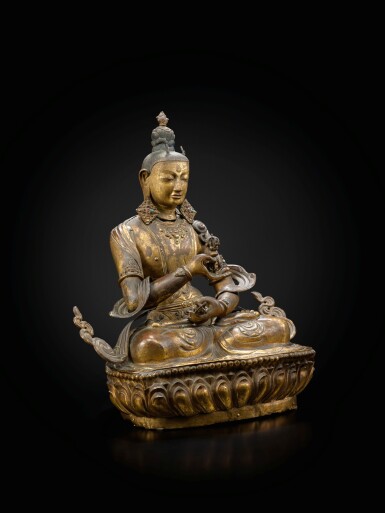

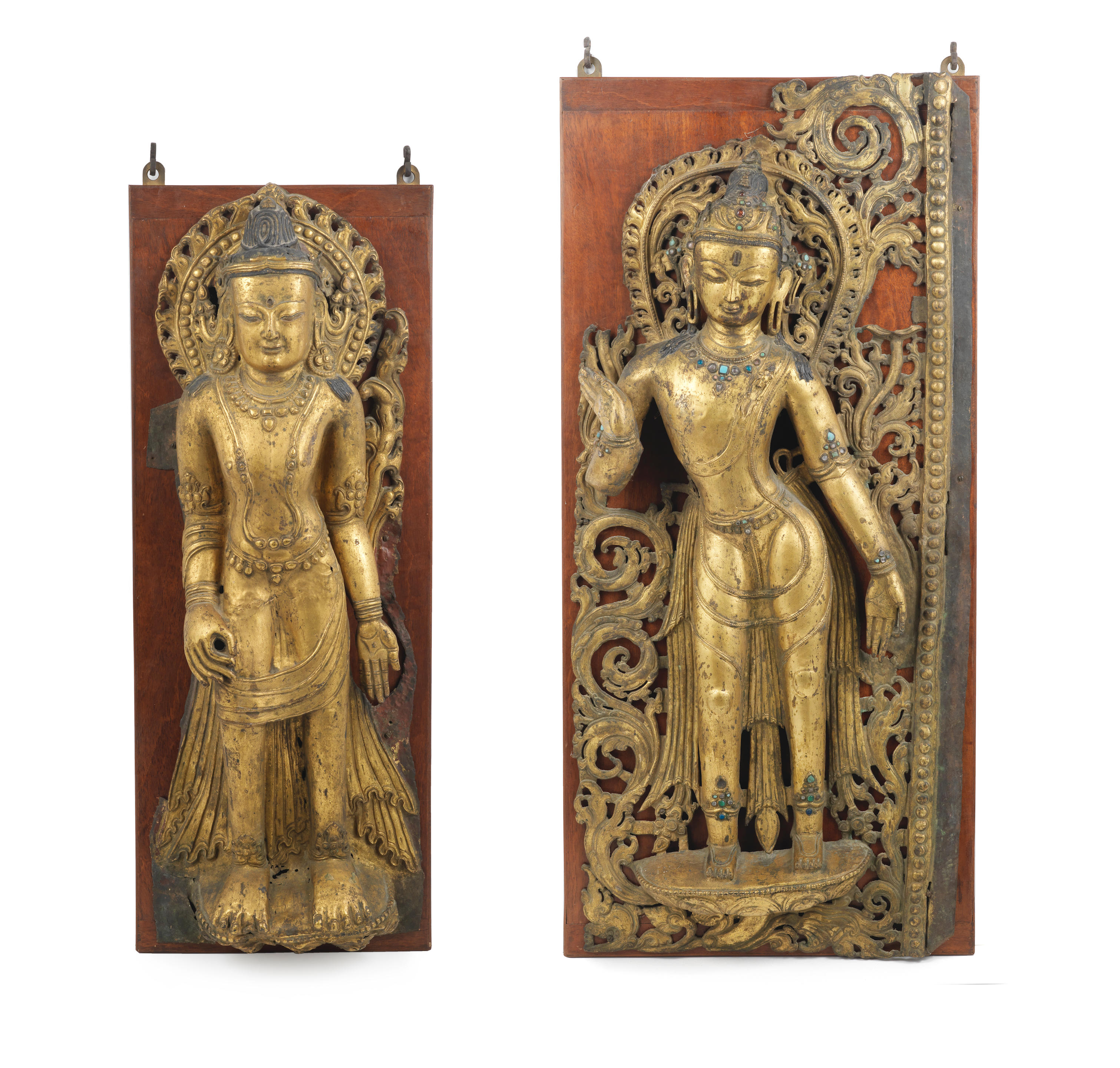

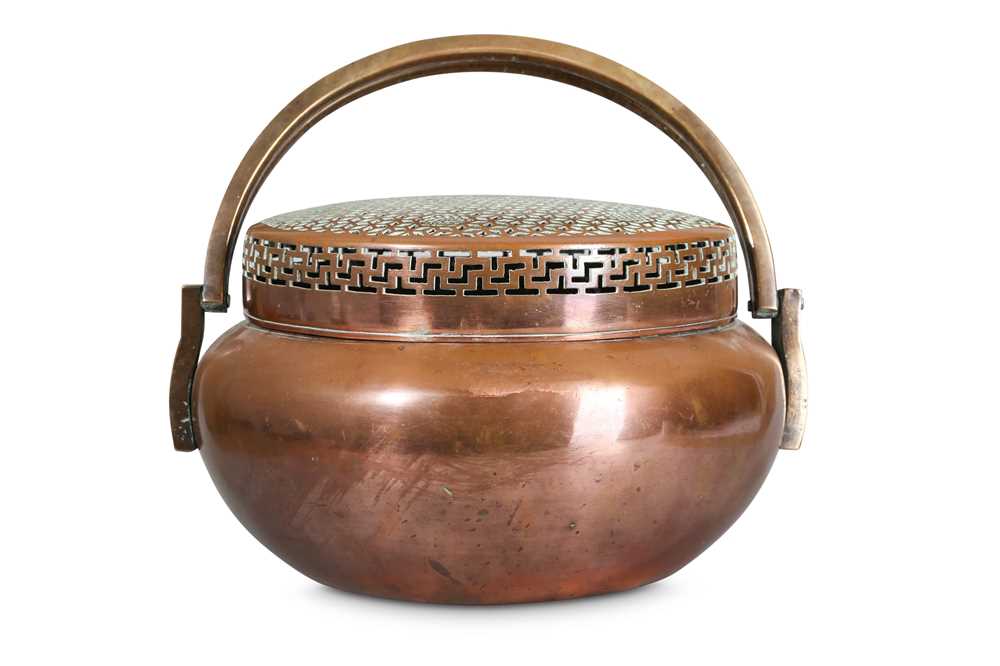
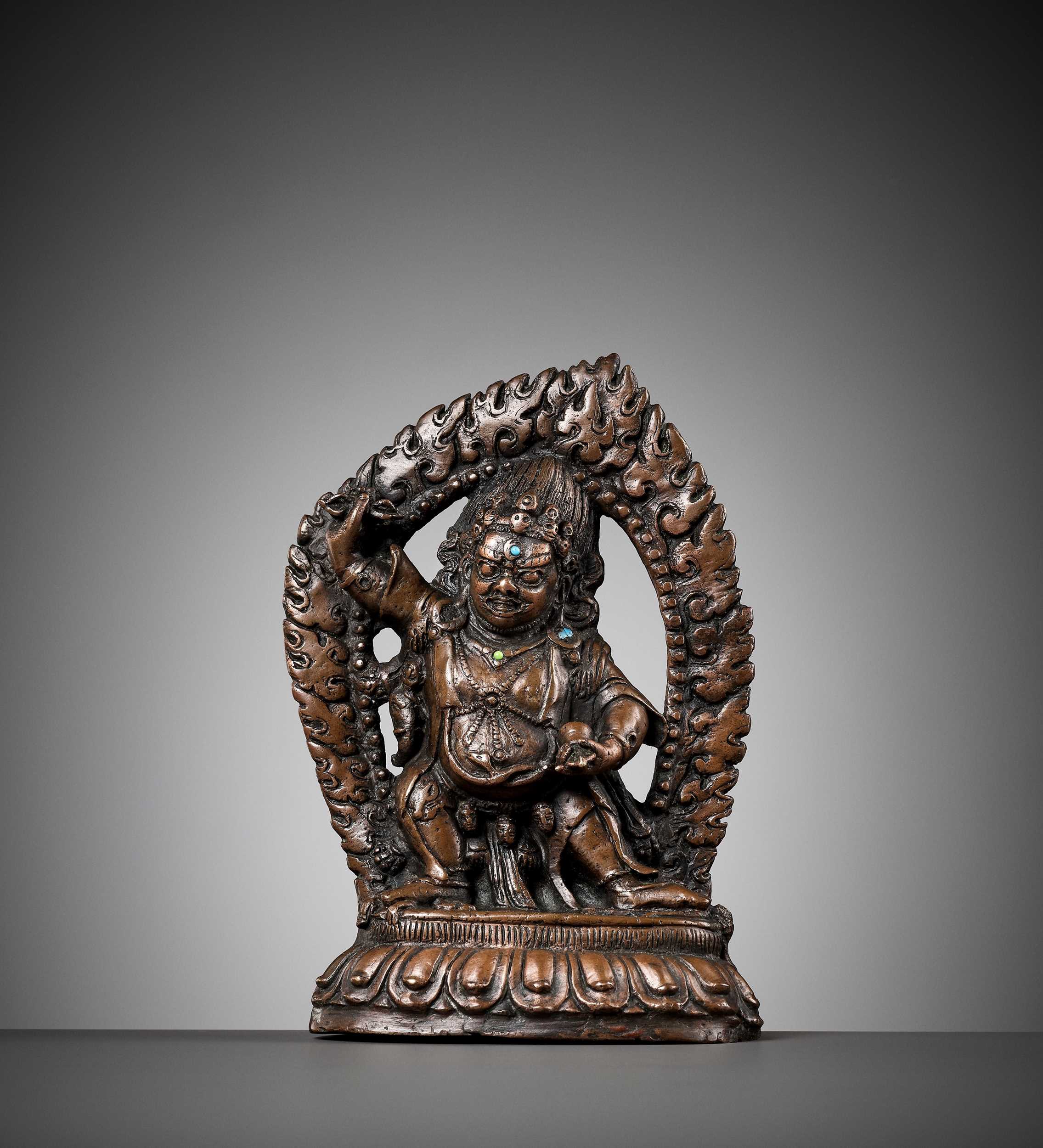
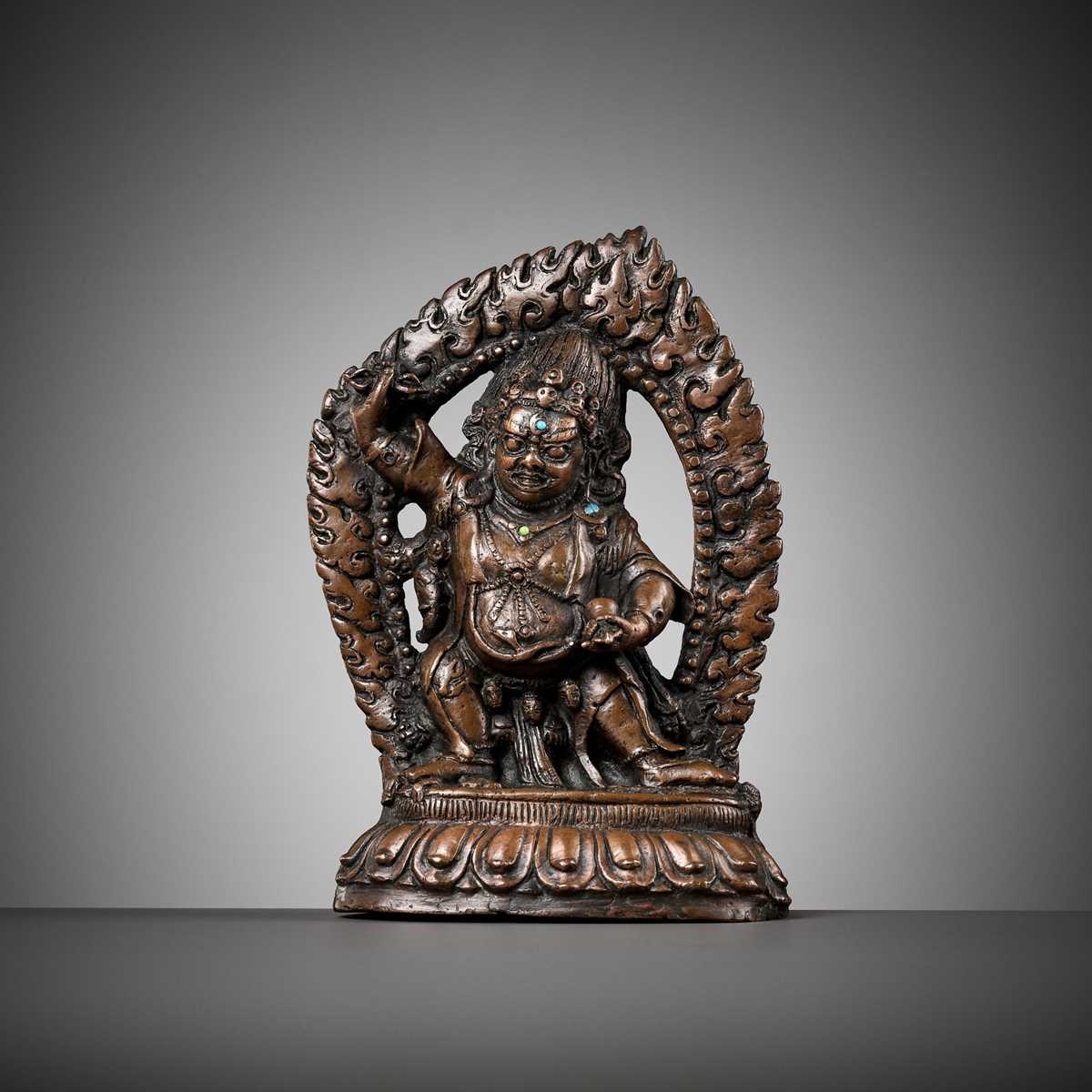
Try LotSearch and its premium features for 7 days - without any costs!
Be notified automatically about new items in upcoming auctions.
Create an alert